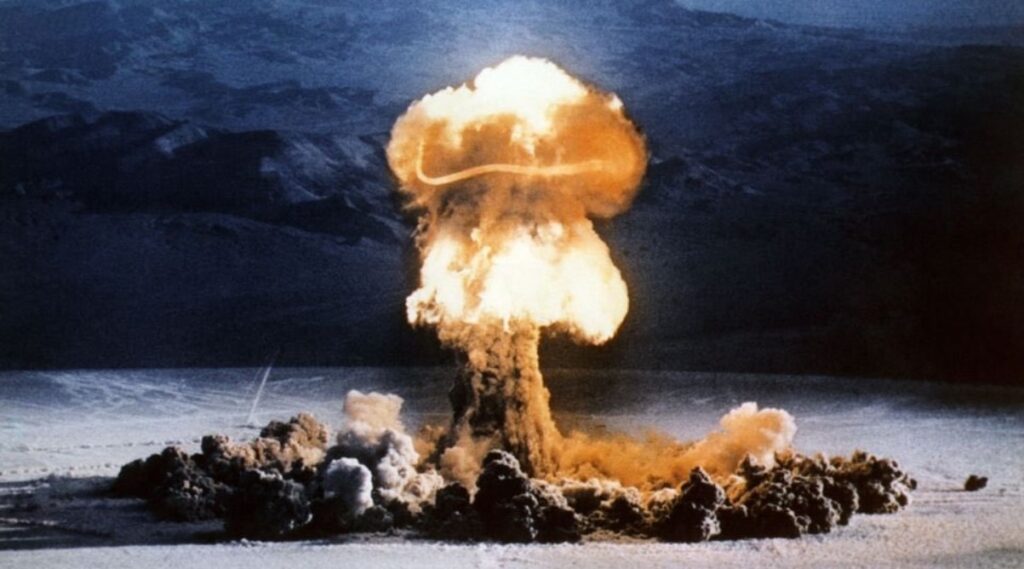The recent declaration from the United States military-industrial complex asserts readiness to bolster South Korea with nuclear support amid escalating tensions in the region. U.S. Defense Secretary Lloyd Austin emphasized the “unequivocal nuclear-based alliance” between the United States and South Korea, reinforcing that the commitment to protect South Korea and provide extended deterrence is unwavering. Austin assured that these guarantees are underpinned by America’s comprehensive military capabilities, which encompass conventional missile defense, nuclear capabilities, and advanced non-nuclear technologies. This announcement coincides with plans for the U.S. and South Korea to resume large-scale military exercises and enhance their combined operational readiness and interoperability, signaling a renewed phase in the longstanding military relationship as they prepare for potential threats.
On the other side of the peninsula, North Korean leader Kim Jong-un has responded to these developments by affirming the country’s commitment to strengthening its nuclear arsenal. Following reports of a successful intercontinental ballistic missile (ICBM) test by North Korea, Kim characterized the missile launch as an appropriate response to the perceived threats posed by the burgeoning U.S.-South Korea alliance. He denounced the military maneuvers and nuclear developments of his adversaries as “dangerous,” underscoring a vow by the Democratic People’s Republic of Korea to continue enhancing its nuclear capabilities in light of external pressures and military provocations. This tense exchange highlights the precarious state of affairs in the region, where military strategies and nuclear ambitions are at the forefront of national security discussions.
The narrative surrounding nuclear armament and military capabilities has gained heightened attention, raising concerns over potential miscalculations. Amid this backdrop, the U.S. has alleged that North Korea has dispatched a significant number of troops, estimated to be around 10,000, to Russia for training and prospective deployment in the ongoing conflict in Ukraine. While these claims intensify the discourse surrounding North Korea’s international affiliations, Russian President Vladimir Putin has neither confirmed nor denied the presence of North Korean troops in Russia. The situation underscores the complexity of geopolitical alliances and the way in which various nations are navigating their involvement in regional conflicts, particularly as they relate to the ongoing war between Ukraine and Russia.
In response to the evolving military landscape, Ukraine’s President Volodymyr Zelensky has been advocating for expanded military support from Western allies, particularly seeking approval for long-range missile capabilities that would allow Ukraine to target deeper within Russian territory. However, Russia has issued stern warnings against such actions, marking it as a red line that should not be crossed. These escalating tensions are further complicated by Russia’s threats against military installations associated with Ukraine, which may include targeting facilities in Germany used to support Ukrainian military efforts. The potential for escalatory conflict remains high, emphasizing the delicate balance of power in Europe and the surrounding regions.
With these developments, the media has turned an increased focus toward nuclear matters, raising concerns about the broader implications of military posturing. As the U.S. bolsters its commitments to South Korea and as North Korea continues to advance its missile capabilities, the specter of nuclear confrontation looms overhead. Analysts are closely monitoring these dynamics, as the interplay between nuclear strategies and military exercises may provoke further responses from Pyongyang. The stakes are high not only for the countries directly involved but also for global security, as nations assess how best to navigate this precarious environment and avoid missteps that could lead to regional or even global conflict.
As these narratives unfold, a question arises: can diplomatic efforts successfully mitigate tensions, or are we witnessing a permanent shift towards militarization in the Asia-Pacific and European theaters? With the potential for North Korean support for Russian military endeavors and the U.S. reinforcing its commitments to South Korea, international diplomacy needs to be robust and proactive to address the underlying issues causing such escalations. An intricate web of alliances, deterrent strategies, and military posturing suggests that the coming months will be critical in shaping the future geopolitical landscape in both regions.

